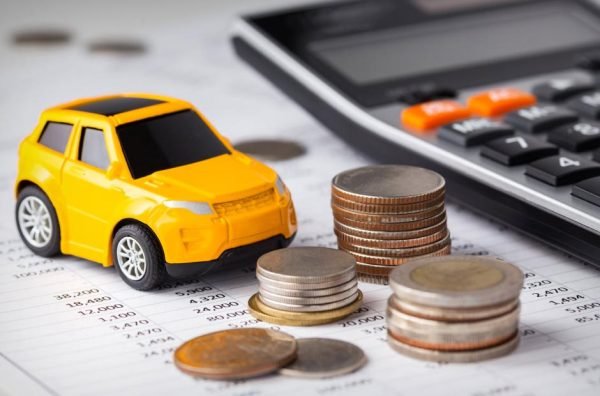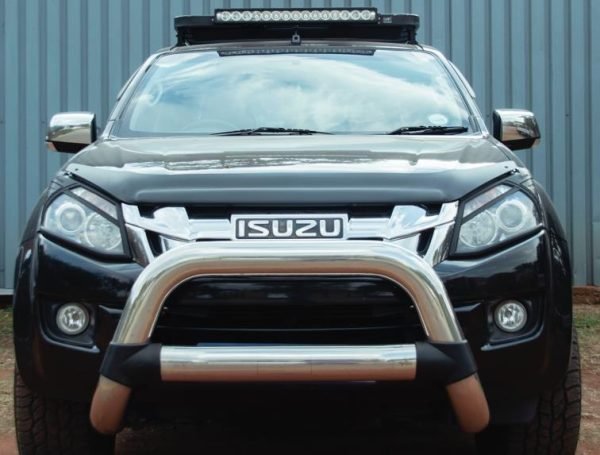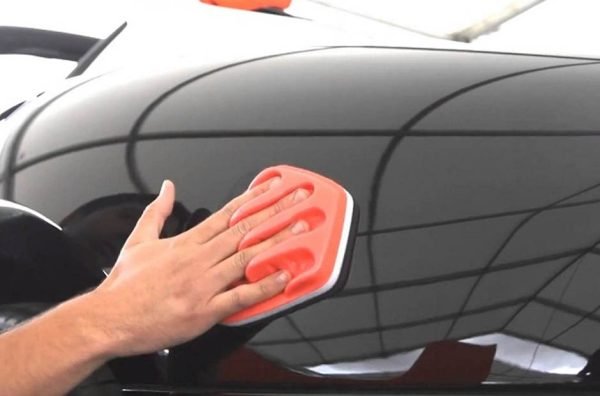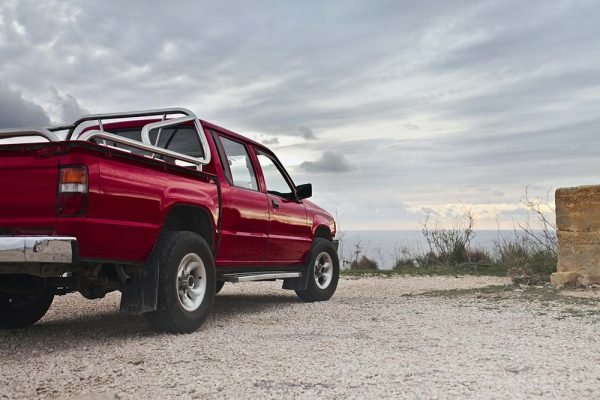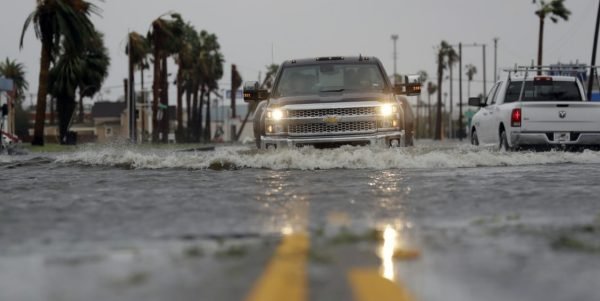AUTO
Factors That Influence Car Insurance Rates: What Insurance Companies Consider
Owning car insurance is imperative for all vehicle owners as it offers crucial financial protection against...
By Robert BrownJune 14, 2023Score the Best Deal on a Used Isuzu MUX for Sale Qld Dealerships Offer with This Guide
The Isuzu MUX has gained enormous popularity in Queensland, thanks to its impressive performance, spacious interior,...
By Robert BrownJune 12, 20235 Things You Should Do Before Polishing Your Car
Jumping straight into polishing your car can be tempting, but hold on. I know from experience...
By Robert BrownJune 9, 20235 Essentials to Keep in Your Truck
Having the correct necessities in your truck may make all the difference whether you’re a professional...
By Robert BrownJune 6, 2023Open vs Closed Transport: Which Option Is Better for Cars?
When it comes to transporting cars, one of the most crucial decisions to make is whether...
By Robert BrownJune 2, 2023Things to Check Before Buying a Used Car
Many people go down the path of getting a used car thanks to the lower price...
By Robert BrownJune 2, 2023OTR vs Intermodal Trucking: 5 Differences Between Them
You are aware that the trucking industry is an important part of the transportation industry since...
By Robert BrownJune 1, 2023Limo Service in East Hampton: Enhancing Your Luxury Experience
When it comes to experiencing the epitome of luxury limo service in East Hampton, there’s no...
By Robert BrownMay 28, 2023The Economic Benefit of Driving Lessons: Averting Traffic Fines and Vehicle Damages
When you hear the words driving lesson cost, what comes to mind? Perhaps you think of...
By Robert BrownMay 27, 2023How Defensive Driving Can Reduce Your Risks and Improve Your Skills?
The fast-paced world has made it more important than ever for us to stay safe on...
By Robert BrownMay 10, 20233 Distraction Types That Can Lead to an Accident
The concept and awareness of distracted driving dangers are newer. The emergence of smartphones has really...
By Robert BrownMay 10, 20239 Tips For Choosing the Best Luxury Car Rental
Traveling may be a stressful experience because there are so many things to consider, including accommodations,...
By Robert BrownMay 9, 2023What to Look for in a High-Quality Car Service Center
Are you looking for a trustworthy mechanic or a professional car service center? Keeping your car...
By Robert BrownApril 28, 2023Different Filters Needed to Operate Your Truck
One of the critical components in maintaining engine health is ensuring that the air and oil...
By Robert BrownApril 20, 2023How to Repair Your ATV’s Brake Lines
Riding an ATV can be a thrilling experience, but ensuring that it is in good condition...
By Robert BrownApril 19, 2023You May Need:
Recent Posts
Categories
- AUTO271
- BUSINESS691
- CONSTRUCTION55
- CRYPTOCURRENCY18
- EDUCATION120
- ENTERTAINMENT375
- FAMILY & RELATIONSHIPS1
- FASHION125
- FEATURE5
- FINANCE152
- GIFT IDEAS1
- HEALTH341
- HOME IMPROVEMENT669
- LAW263
- LIFESTYLE390
- OUTDOOR58
- PACKAGING6
- Parenting & Children's Products1
- PET16
- REAL ESTATE127
- SEO DIGITAL22
- TECH231
- TRAVEL90
- Uncategorized5






